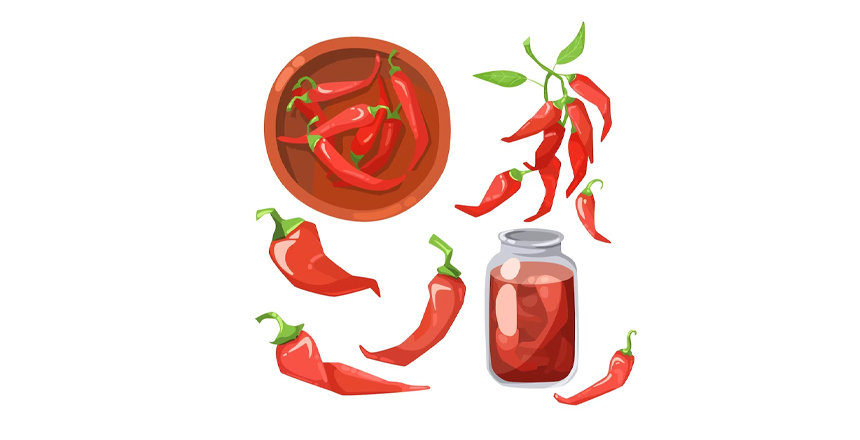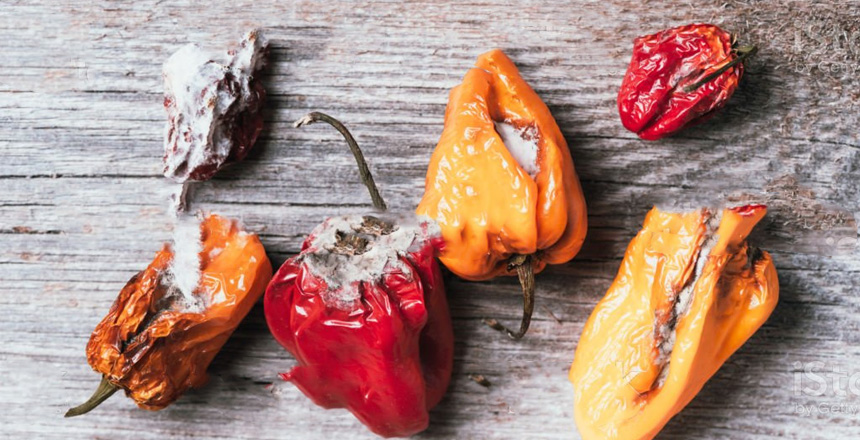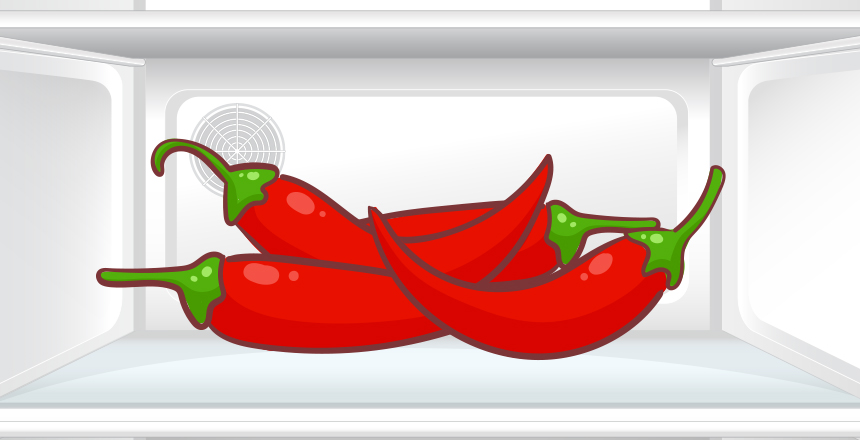Chili is a popular dish that is easy to make and unbelievably tasty. There’s nothing quite like the smell of chili bubbling away on the stove top — it can instantly bring any home alive! But what do you do with that delicious pot of chili if there are leftovers?
Can you keep chili in the refrigerator, and how long will it last before spoiling? In this blog post, we’ll discuss tips for storing leftover chili safely so that your family can enjoy every last delicious spoonful!
Related:
- How Long Do Grapes Last In The Fridge
- How Long Can Onions Last in the Fridge
- How Long Does Cake Last In The Fridge
How Long Can Homemade Chili Last In The Fridge?

Homemade chili can last in the fridge for 3-5 days when stored properly in an airtight container. It’s important to make sure the chili has cooled down to room temperature before refrigerating to avoid moisture buildup, which can lead to spoilage.
If you need to keep the chili longer than 5 days, consider freezing it for up to 3-6 months. When reheating the chili, make sure it reaches an internal temperature of 165°F to ensure it’s safe to eat.
How Long Can Store-Bought Chili Last In The Fridge?
Store-bought chili can generally last in the fridge for 5-7 days if it’s stored properly in an airtight container. It’s important to check the label for any specific instructions or guidelines from the manufacturer regarding storage and shelf life.
It’s also important to make sure the chili has cooled down to room temperature before refrigerating. If you need to keep the chili longer than 7 days, it’s recommended to freeze it for up to half of a year.
When reheating store-bought chili, make sure to follow the instructions on the label for best results. It’s important to note that once the chili is opened, its shelf life will be shorter, so it’s best to consume it within a few days.
Factors That Can Affect The Shelf Life Of Both Types Of Chili

The shelf life of both homemade and store-bought chili can be affected by a variety of factors.
- Storage conditions: Both homemade and store-bought chili should be stored in airtight containers in the fridge to prevent moisture buildup and bacterial growth.
- Ingredients: Certain ingredients, such as meat and dairy, can cause chili to spoil more quickly, so it’s important to pay attention to expiration dates and use these ingredients as soon as possible.
- Preparation method: The way chili is prepared can also impact its shelf life. For example, if chili is not cooked to the appropriate temperature or cooled down properly, it can spoil more quickly.
- Preservatives: Store-bought chili often contains preservatives to extend its shelf life, while homemade chili does not. This can give store-bought chili a longer shelf life than homemade chili.
- Packaging: The packaging of store-bought chili can also play a role in its shelf life. If the packaging is not properly sealed or is damaged, it can affect the chili’s freshness and longevity.
- Storage time: Both homemade and store-bought chili have a limited shelf life, so it’s important to keep track of how long it has been stored in the fridge and discard any chili that has passed its expiration date.
The shelf life of both homemade and store-bought chili can be affected by factors such as temperature, moisture, and contamination. And remember, consuming spoiled chili can have serious health consequences, so it’s always better to err on the side of caution.
The Science Behind The Consequences Of Eating Spoiled Chili
When you eat spoiled chili, you run the risk of consuming harmful bacteria that can cause foodborne illness. If chili has gone bad, it may have a sour or unpleasant smell, a slimy texture, or mold growth on the surface.
In some cases, the chili may also develop a strange color or have a fizzy appearance, indicating that harmful bacteria, such as Clostridium botulinum, have begun to grow.
The specific consequences can vary depending on the type of bacteria present, but common symptoms include nausea, vomiting, diarrhea, and abdominal pain.
It’s important to always practice proper food safety techniques and discard any chili that has been left at room temperature for more than 2 hours or has an unusual odor, appearance, or texture. When in doubt, it’s best to err on the side of caution and throw it out.
What Are Some Ways To Tell If Chili Has Gone Bad?
When it comes to chili, there’s nothing quite like the comforting warmth of a hearty bowl. But how do you know if your chili has gone bad? There are a few telltale signs that your chili may have reached its expiration date.
- Look for mold: If you see any mold on the surface of the chili, it’s best to discard it immediately. Mold can cause a range of health problems if ingested.
- Check the texture: If the chili feels slimy or has a mushy texture, it’s likely gone bad. This can be a sign of bacterial growth and spoilage.
- Smell the chili: A strong or foul odor can indicate that the chili has gone bad. If it smells off, it’s best to err on the side of caution and throw it away.
- Look for discoloration: If the chili has turned a different color than when you first made it, it may have spoiled.
- Taste a small amount: If the chili looks and smells fine, you can try tasting a small amount to see if it still tastes fresh. If it tastes off or has a strange flavor, it’s best to dispose of it.
- Check the expiration date: If you’re unsure about the freshness of your chili, check the expiration date on the packaging. If it’s past the expiration date, it’s best to discard it.
Best Practices For Storing Chili In Containers Or Freezer Bags
Storing chili can be a bit of a challenge if you want to keep its flavors and consistency intact. But fear not, with proper handling and storage, you can maintain the flavor and texture of your chili for longer periods.
First things first, let your chili cool down to room temperature before attempting to store it. This will prevent any moisture from building up and turning your chili into a watery mess.
After it has cooled, divide your chili into portions that you would want to consume in one go. This will prevent the unnecessary thawing and re-freezing of your chili that can affect the taste and texture.
Store the chili in airtight containers or freezer bags and remove as much air as possible to avoid freezer burn. Mark the containers with the date and label the contents to avoid confusion.
When ready to consume, thaw the chili in the refrigerator overnight or in the microwave if you are short on time. With these simple tips, you can enjoy your delicious homemade chili all year round.
FAQs
Can you freeze chili?
Yes, chili can be frozen for up to 3-6 months. Make sure to store it in an airtight container or freezer-safe bag.
How can you tell if chili has gone bad?
Signs that chili has gone bad include mold, an off smell, or a sour taste.
Can you reheat chili more than once?
It is not recommended to reheat chili more than once, as it can increase the risk of bacterial growth and foodborne illness.
Is it safe to leave chili out overnight?
No, leaving chili out at room temperature for more than 2 hours can increase the risk of bacterial growth and foodborne illness.
How long does canned chili last in the fridge after opening?
Canned chili can last up to 4-5 days in the fridge after opening if stored properly in an airtight container.
Can you add ingredients to canned chili to enhance its flavor?
Yes, canned chili can be spiced up by adding additional ingredients like diced tomatoes, onions, bell peppers and more! Use your favorite spices to give it a unique flavor.
Take Home Message
As a result of this blog post, we’ve unpacked the different factors that contribute to expiration date such as storage type and ingredients used, showing that you can generally keep chili safe to eat for up to one week.
Remember to exercise caution during food preparation and handle it with extra care when monitoring its freshness. Now that your curiosity has been quenched and you’ve acquired a few invaluable tips for keeping chili safe, why not make your very own creation?
Give it a go, experiment with various ingredients and flavor profiles, then share your masterpiece with friends and family over the next weekend – good luck! How Long Can You Keep Chili In The Fridge? Find out today!


